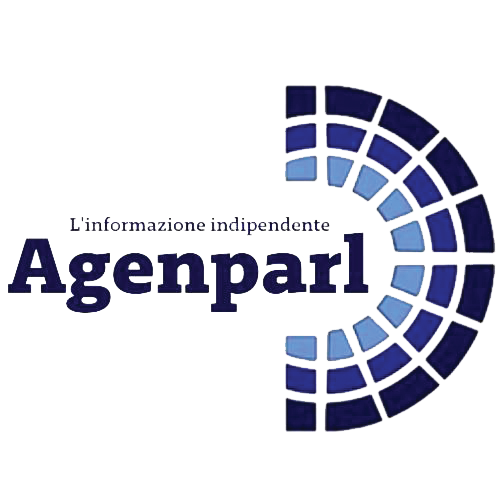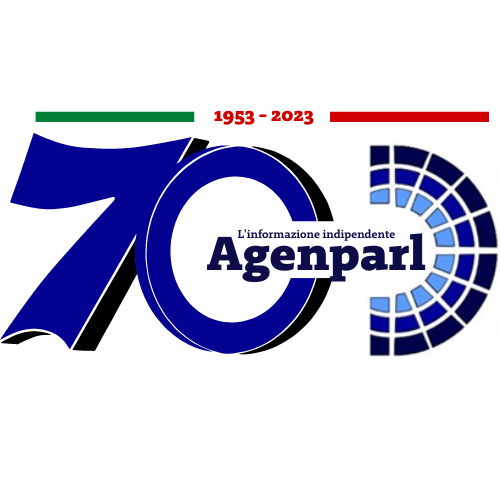 (AGENPARL) - Roma, 25 Giugno 2024
(AGENPARL) - Roma, 25 Giugno 2024(AGENPARL) – mar 25 giugno 2024 CERN PRESS RELEASE
Students from Estonia, Japan and the USA win the 11th edition of Beamline for Schools
Design sans titre (1).png
Winners of the 2024 CERN Beamline for Schools competition: “Mavericks” from Estonia (top right), “SPEEDers” from the USA (bottom right) and “Sakura Particles” from Japan (left) (Images: Mavericks, SPEEDers, Sakura Particles)
A beamline is a facility that provides high-energy fluxes of subatomic particles that can be used to conduct experiments in different fields, including fundamental physics, material science and medicine.
BL4S started in 2014 in the context of CERN’s 60th anniversary. Over the past 10 years, more than 20 000 pupils from all over the world have taken part in the competition, and 25 teams have been selected as winners. The participation rate has been rising consistently over the years, with a record 461 teams from 78 countries submitting an experiment proposal in 2024.
“Preparing a proposal for a particle physics experiment is a very challenging task. The success of Beamline for Schools shows that, when provided with the right support, high-school students can design feasible, interesting and imaginative experiments,” says Charlotte Warakaulle, CERN Director for International Relations. “We are continuously impressed by the quality of the proposals, and this year is no exception. The candidates demonstrated impressive creativity and great rigour, two essential qualities for students who might decide to take up scientific careers.”
The fruitful collaboration between CERN and DESY started in 2019 during a long shutdown period of the CERN accelerators. This is the sixth year that the German laboratory has hosted competition winners.
“Every year I am very impressed by the creativity and determination of the team members,” says Beate Heinemann, Director in charge of Particle Physics at DESY. “I am already looking forward to hosting the team from the USA this year. This programme is so important to me as it advances not only science but also the cultural exchange between young people from different nations.”
“Our experiment will focus on detector development for high-altitude ballooning applications,” says Saskia Põldmaa, one of the “Mavericks” members, from Estonia. “This is by far the biggest opportunity we have had so far in our lifetime so we will hold onto it dearly. We can’t wait to calibrate our homemade muon detector!”
“Our team focuses on detector development for muon tomography applications. We will test and optimise our homemade two-dimensional position-sensitive detector,” says Chiori Matsushita from the Japanese “Sakura Particles” team. “CERN has always been a dream for us. Finally getting to go there, not as a tourist but to do experiments, is amazing!”
“We focus on beam diagnostics: our aim is to measure and analyse the Smith-Purcell (SP) radiation emitted by different diffraction gratings when DESY’s electron or positron beams pass by,” says Niranjan Nair from the US “SPEEDers” team. “We are thrilled to have the opportunity to not just watch scientific advancement passively, but actively contribute to it at DESY: the ultimate goal of our experiment is to research SP radiation as a tool for beam diagnostics.”
The winning proposals were selected by a committee of CERN and DESY scientists from a shortlist of 49 particularly promising experiments. In addition, three teams will be recognised for the most creative video proposals and another 13 teams for the quality of physics outreach activities they are organising in their local communities, taking advantage of the knowledge gained by participating in BL4S.
Further information:
· Countries represented among the shortlisted teams: Bahrain, Bangladesh, Belgium, Brazil, Canada, Chile, Czechia, Denmark, Estonia, France, Germany, Greece, Hong Kong SAR China, India, Indonesia, Italy, Japan, Kazakhstan, Pakistan, Poland, Romania, Singapore, Spain, Thailand, Türkiye, United Arab Emirates, United Kingdom, United States.
About CERN
CERN, the European Organization for Nuclear Research, is one of the world’s leading laboratories for particle physics. The Organization is located on the French-Swiss border, with its headquarters in Geneva. Its Member States are: Austria, Belgium, Bulgaria, Czech Republic, Denmark, Finland, France, Germany, Greece, Hungary, Israel, Italy, Netherlands, Norway, Poland, Portugal, Romania, Serbia, Slovakia, Spain, Sweden, Switzerland and the United Kingdom. Cyprus, Estonia and Slovenia are Associate Member States in the pre-stage to Membership. Brazil, Croatia, India, Latvia, Lithuania, Pakistan, Türkiye and Ukraine are Associate Member States. Japan and the United States of America currently have Observer status, as do the European Union and UNESCO. The Observer status of the Russian Federation and of JINR is suspended in accordance with the CERN Council Resolutions of 8 March 2022 and 25 March 2022, respectively.
Follow CERN at:
For more information, please contact:
CERN Press Office
______________________
CERN, Esplanade des Particules 1 P.O. Box, Geneva 23, . CH-1211 Switzerland
